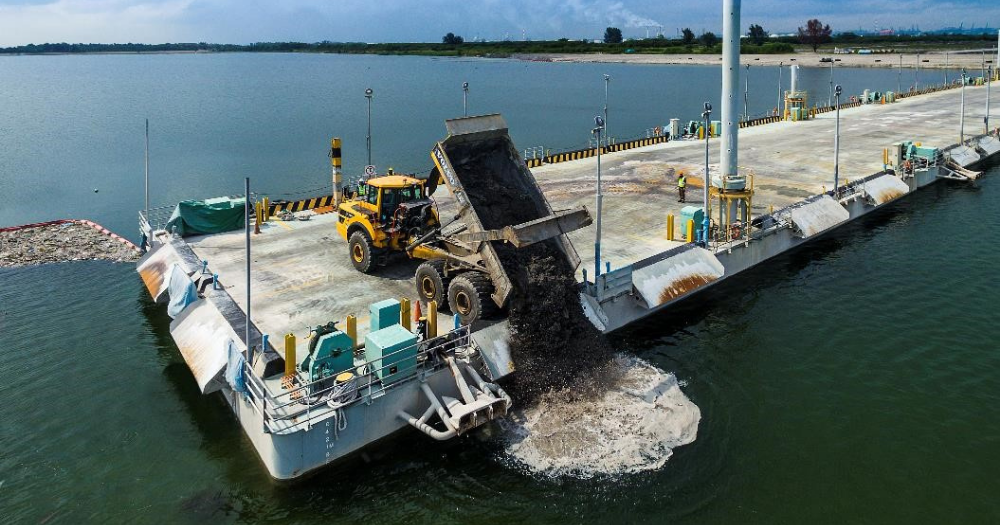
Over the weekend, a 38-foot-long female gray whale washed ashore at Dockweiler State Beach, prompting an outpouring of grief from marine mammal lovers and leaving an important question etched into the sand — what killed her? Her 14-ton carcass offers several immediate clues, said Keith Matassa, chief executive of the Ocean Animal Response and Research Alliance , who is leading a necropsy of the whale to determine her cause of death. “Every mortality is a tragedy,” he said, “but each mortality has a story to tell us all about the animal, about the ocean and the environment.” An initial assessment revealed that the whale was underweight and had an abnormal amount of whale lice, suggesting she was suffering from some illness or lack of adequate nutrition, he said.
Marks on her body also indicated that she was nibbled on by a great white shark after she died and might have been injured from a previous entanglement with fishing lines, he added. It’s also possible that the mammal died from blunt-force trauma after being struck by a ship, which is what probably killed the last four whales Matassa’s team examined after they washed ashore on L.A.

and Orange county beaches . A more definitive answer, however, will have to wait until he receives results from blood, blubber and tissue samples collected from the whale. John Warner, chief executive of the Marine Mammal Care Center , said that seeing the big gray whale washed ashore on Sunday morning felt like “a gut punch.
” “Whales hold a very special place in our hearts and in our imaginations,” he said. “When we see them not being in the water and not frolicking ..
. it’s nothing short of devastating.” Gray whales perform one of the longest annual migrations of any mammal, traveling a 14,000-mile round trip from their feeding grounds in the Arctic to breed in the Baja California lagoons, and then back again with their young calves.
“It’s almost like ‘The Little Engine That Could,’” he said. “It’s just the ultimate form of, ‘I’m going to make it, we’re going to get there safely.’” In recent years, human intervention has made this already challenging journey even harder.
Pollution and toxins mix into the sediment where whales feed on small invertebrates and fish. In addition, the mammals face significant danger from ships and other vessels, especially around Long Beach and San Pedro, where two of the world’s largest ports are located. To make matters worst, climate change is making the Arctic ice sheets recede, forcing the whales to travel farther distances each season to reach their northern feeding grounds.
“When you add many more miles onto a journey that’s already the longest,” Warner said, “they’re showing up [in California] in emaciated body states many years in a row.” The gray whale population experienced an unusual mortality event from 2019 to 2023, which scientists believe was caused by a decrease in available prey in the northern Arctic seas, resulting in a significant population decline and reproductive failures. The National Oceanic and Atmospheric Administration has declared this mortality event over, but scientists are still keeping a close eye on the population.
This is another reason why it is so important that organizations take the time to examine the cause of death of the whale found on Dockweiler State Beach, said Warner. “Anything and everything we can learn is in service of helping the next set of animals hopefully avoid this fate,” he said..















